Microwaves have long been a kitchen staple for their speed and convenience, but traditional models often fall short when it comes to even cooking and precise control. Enter microwaves with inverter technology, a game-changing innovation that promises consistent power delivery, faster cooking times, and better results. In this comprehensive microwave with inverter technology review, we’ll explore how these appliances work, their pros and cons, frequently asked questions, and why they might be the perfect addition to your kitchen.
Informative Content: How Inverter Technology Works
Imagine inverter technology as a dimmer switch for your microwave. Traditional microwaves operate like an on/off light switch—either full power or nothing. When set to 50% power, they cycle between full power and no power, which can lead to uneven cooking. Inverter microwaves, however, adjust power smoothly, maintaining a true 50% power level throughout the cooking process for more consistent results.
This technology shines in tasks requiring precision, like melting chocolate or defrosting meat. Many inverter microwaves also feature sensor cooking, which detects humidity levels in food and adjusts cooking time automatically—perfect for reheating leftovers or preparing frozen meals.
Tips for Using an Inverter Microwave
- Experiment with power levels: Since inverter microwaves cook more evenly, try lower power settings for delicate foods.
- Adjust cooking times: Food may cook faster, so reduce times compared to traditional microwave recipes.
- Use sensor features: Take advantage of automated settings for hassle-free cooking.
What Is an Inverter Microwave?
Unlike conventional microwaves that cycle power on and off to simulate lower power settings (e.g., 50% power means full power for half the time), inverter microwaves use an inverter circuit to deliver a steady, continuous stream of power at the desired level. This results in more even heating, precise temperature control, and the ability to handle delicate tasks like defrosting or melting chocolate without overcooking.
Originally pioneered by Panasonic, inverter technology is now offered by brands like Toshiba, LG, Breville, and Sharp, making it accessible across various price points and models.
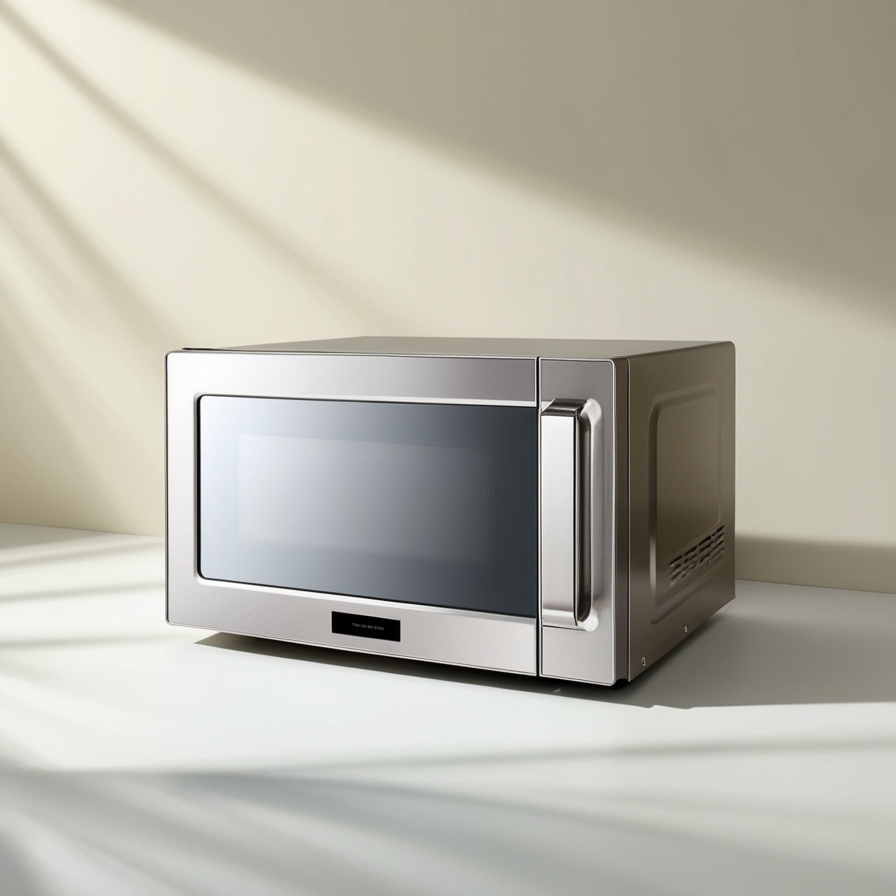
Pros of Microwaves with Inverter Technology
- Even Cooking and Heating
Inverter microwaves provide consistent power, eliminating hot and cold spots common in traditional models. Whether reheating leftovers or cooking a meal, your food is heated uniformly, preserving texture and flavor. - Superior Defrosting
Defrosting meat or seafood is faster and more even with inverter technology. Tests show inverter models reduce ice crystals and overcooked edges compared to non-inverter microwaves. - Energy Efficiency
By delivering only the required power, inverter microwaves use less energy than traditional models, potentially lowering your utility bills. - Versatility for Delicate Tasks
From melting chocolate to softening butter, inverter microwaves excel at low-power tasks. They prevent splattering and uneven melting, making them ideal for precise cooking. - Lightweight Design
Without the heavy transformer found in regular microwaves, inverter models are lighter (often by about 3kg), making them easier to move for cleaning or repositioning. - Faster Cooking Times
The steady power stream allows inverter microwaves to cook food faster than traditional models with the same wattage, saving you time in the kitchen.
Cons of Microwaves with Inverter Technology
- Higher Price Point
Inverter microwaves are generally more expensive, with prices ranging from $150 to $450 compared to standard models starting as low as $50. - Limited Budget Options
Finding an inverter microwave under $100 is challenging, which may deter budget-conscious buyers. - Maintenance Concerns
The advanced inverter circuit may require more frequent maintenance or specialized repairs, potentially increasing long-term costs. - Mixed Performance for Some Tasks
While inverter microwaves excel at low-power tasks, some tests suggest they don’t always outperform conventional models for high-power cooking or basic reheating. - Learning Curve
With additional features like sensor cooking and multi-stage programming, inverter microwaves may feel complex for users accustomed to simpler models.
Top Inverter Microwave Models to Consider
- Panasonic Genius Sensor Inverter NN-SN67HS
- Pros: Even heating, accurate sensors, easy-to-use button-open door, 1,200 watts, 1.2 cu. ft. capacity.
- Cons: Lacks instant-start express settings, dim interior light.
- Price: ~$200–$250 (available at Target, Walmart, Costco with slight variations).
- Toshiba EM131A5C-SS
- Pros: Affordable, intuitive controls, sensor cooking, 1,100 watts, 1.2 cu. ft. capacity.
- Cons: Struggles with melting chocolate, handle protrudes.
- Price: ~$150–$200.
- LG Neochef with Smart Inverter
- Pros: Sleek design, precise defrosting, 1,200 watts, countertop-only.
- Cons: Limited to countertop models, pricier over-the-range options.
- Price: ~$159–$300.
- Farberware 1.1 Cu. Ft. Inverter Microwave
- Pros: Budget-friendly, compact, 1,100 watts, six one-touch programs.
- Cons: Smaller capacity, less powerful turntable.
- Price: ~$120–$150.
Frequently Asked Questions (FAQs)
A regular microwave adjusts power by switching it on and off, which can cause uneven heating. An inverter microwave delivers a constant stream of power at the selected level, resulting in more even cooking and better defrosting.
If you often defrost, cook delicate dishes, or prioritize energy efficiency, an inverter microwave is a smart choice. But for simple tasks like reheating, a standard microwave usually does the job just fine.
Inverter microwaves are generally reliable, but their advanced electronics may require more maintenance. Consumer Reports data suggests reliability varies by brand, with Panasonic and Toshiba often rated highly.
Yes, many inverter microwaves, like the Panasonic NN-SN67HS, have dedicated popcorn settings that perform well, leaving minimal unpopped kernels. However, performance depends on the model and settings used.
Check the product label, user manual, or model number for the term “inverter.” Brands typically highlight this feature in marketing materials. If it’s not mentioned, it’s likely a traditional microwave.
Yes, inverter microwaves are as safe as regular microwaves. They use the same Faraday cage to contain microwaves and pose no additional radiation risk.
Why Choose an Inverter Microwave?
Inverter microwaves shine in scenarios where precision matters. They’re ideal for:
- Defrosting: Even thawing without cooked edges, perfect for meats and seafood.
- Delicate Cooking: Melting chocolate, softening butter, or steaming vegetables without splattering.
- Energy Savings: Lower power consumption for eco-conscious households.
- Busy Kitchens: Faster cooking and multi-stage programming for holiday meals or batch cooking.
However, if your microwave use is limited to basic reheating or boiling water, a conventional model might be more cost-effective.
Choosing the Right Inverter Microwave
When shopping for the best inverter microwave, consider these factors:
- Size: Ensure it fits your kitchen counter and can handle your largest dishes.
- Power: Higher wattage (e.g., 1000W+) means faster cooking, but balance this with your needs.
- Features: Look for sensor cooking, preset buttons, or a child lock for added convenience and safety.
- Brand: Brands like Panasonic and Toshiba are well-regarded for their reliable inverter microwaves.
Tips for Using an Inverter Microwave
- Adjust Cooking Times: Inverter microwaves may cook faster, so start with shorter times and check progress.
- Use Sensor Features: Many models include sensor cooking for automatic adjustments based on steam levels.
- Experiment with Low Power: Try low settings for delicate tasks like simmering sauces or keeping food warm.
- Clean Regularly: Lightweight design makes it easier to move for thorough cleaning.
- Follow Recipes: Brands like Panasonic offer inverter-specific recipes for optimal results.
Conclusion
Microwaves with inverter technology offer a significant upgrade over traditional models, delivering even cooking, faster defrosting, and energy efficiency. While they come with a higher price tag and potential maintenance needs, their versatility makes them a worthwhile investment for home cooks who value precision and convenience. Models like the Panasonic Genius Sensor Inverter NN-SN67HS and Toshiba EM131A5C-SS stand out for their performance and value.
Ready to upgrade your kitchen? Explore our recommended inverter microwaves and transform the way you cook. Have questions or experiences to share? Let us know in the comments below!


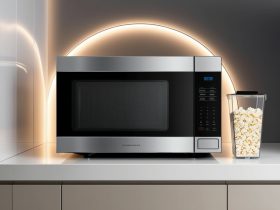
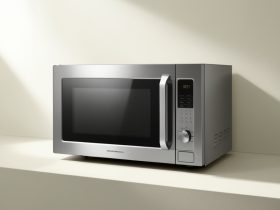
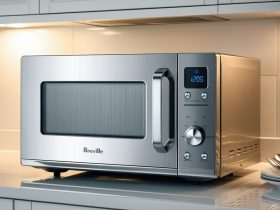


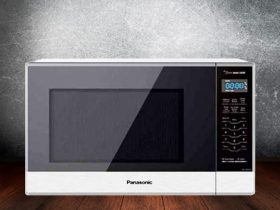
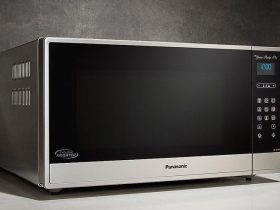
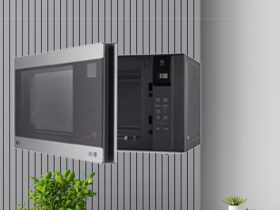

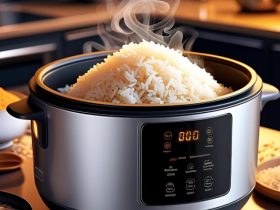



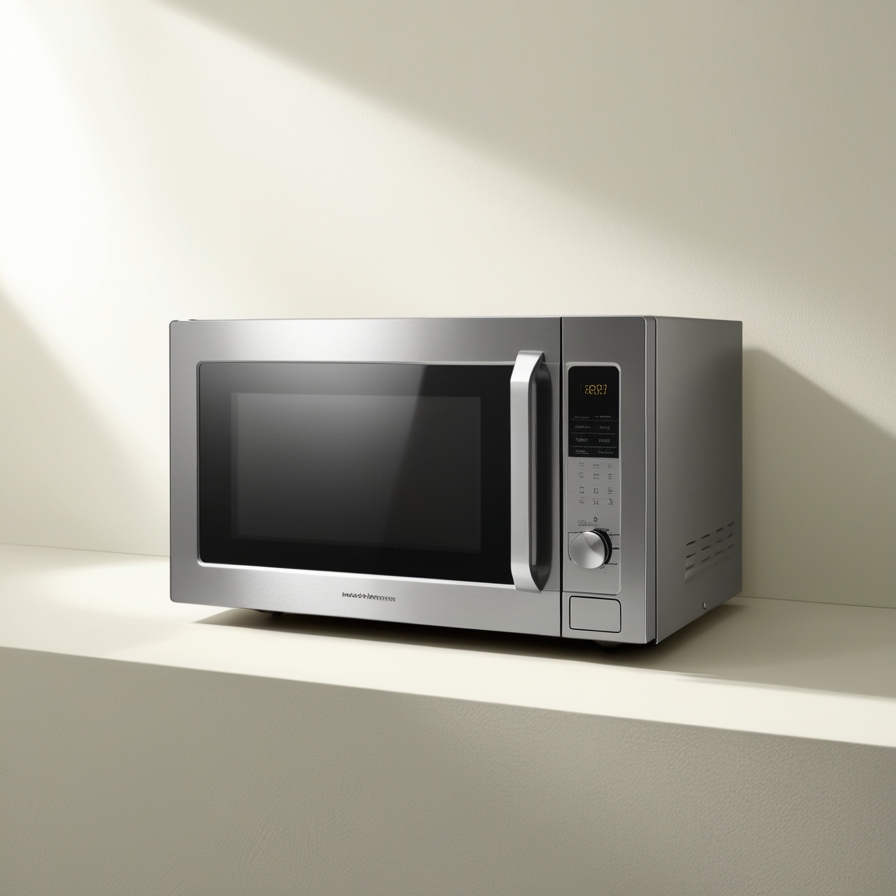



Leave a Reply